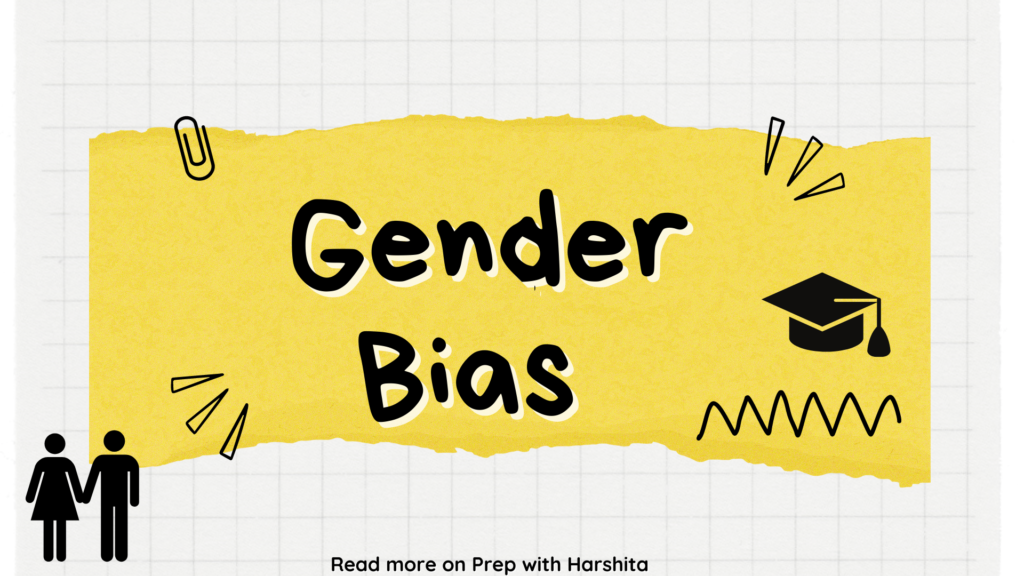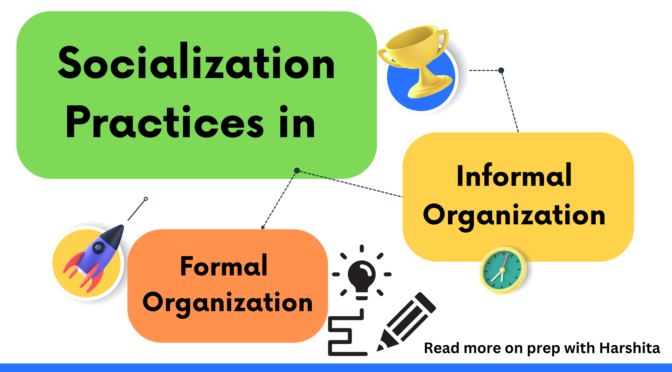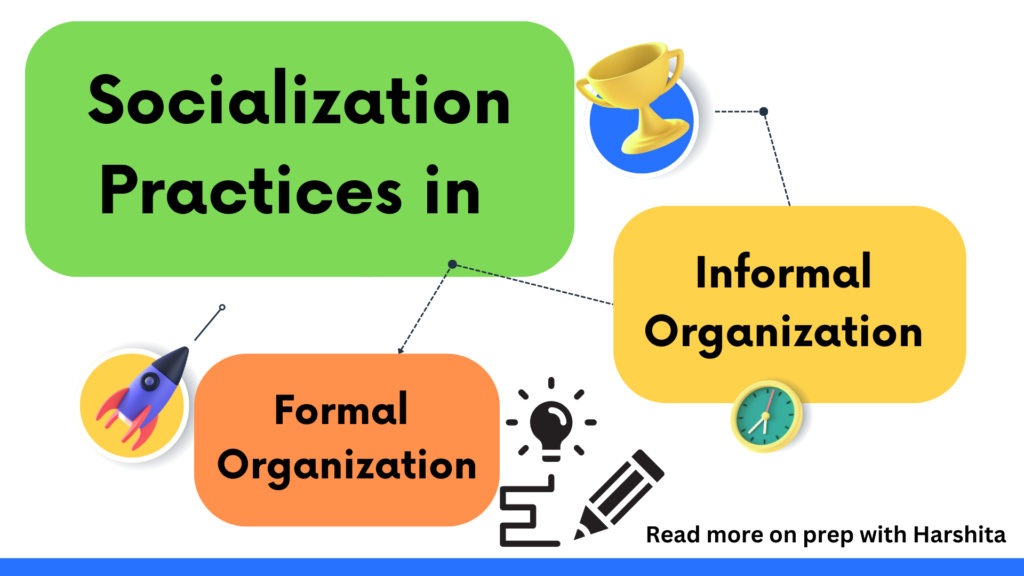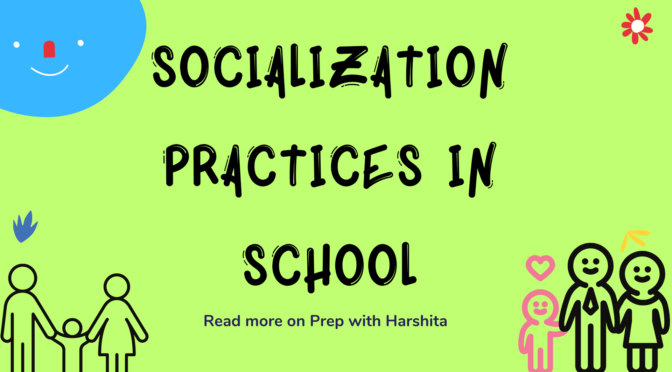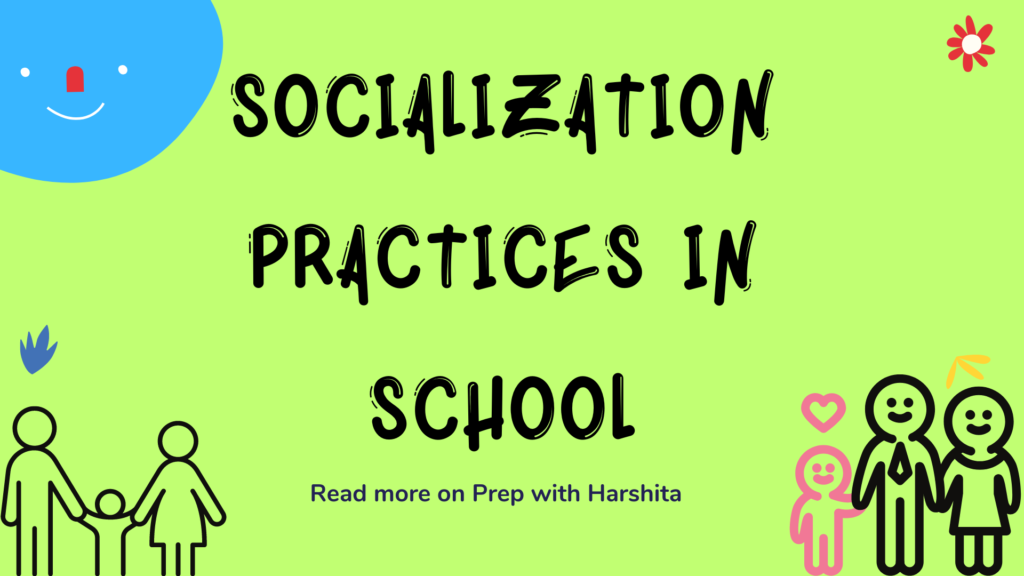The paradigm shift from women’s studies to gender studies represents an important development in the field of academic inquiry. While women’s studies initially emerged as a discipline focused on the study of women’s experiences, gender studies takes a broader approach by examining the social, cultural, and political dimensions of gender as a social construct that affects both women and men.
The Paradigm shift from women studies to gender studies can be attributed to several factors:
- Expanding scope: Women’s studies initially aimed to address the historical and contemporary experiences of women, including issues such as gender inequality, women’s rights, and women’s contributions to society. However, it became increasingly clear that gender is not solely confined to women, but also influences men and people of diverse gender identities. Gender studies emerged as a response to this realization, broadening the scope of inquiry to include a more comprehensive understanding of gender and its intersectional aspects.
- Recognition of intersectionality: Gender studies acknowledges that gender intersects with other social categories such as race, class, sexuality, and ability. It recognizes that people’s experiences of gender are shaped by these interconnected identities, and that gender cannot be studied in isolation from other social dimensions. This intersectional perspective allows for a more nuanced analysis of power dynamics, social inequalities, and lived experiences.
- Critique of essentialism: Women’s studies, at times, faced criticism for essentializing women’s experiences or assuming a universal women’s identity. Gender studies moves away from essentialism by acknowledging that gender is a socially constructed category that varies across cultures and historical periods. It recognizes that gender is performative, meaning it is enacted and reinforced through social practices, norms, and institutions.
- Inclusion of diverse perspectives: Gender studies seeks to be inclusive and recognizes that gender identities extend beyond the binary understanding of male and female. It encompasses the study of transgender and non-binary experiences, exploring the ways in which gender is understood, experienced, and negotiated by individuals with diverse gender identities.
- Transdisciplinary approach: Gender studies often takes a transdisciplinary approach, drawing on insights and methodologies from various disciplines such as sociology, anthropology, psychology, history, literature, and cultural studies. This interdisciplinary nature allows for a multifaceted understanding of gender and fosters collaboration across different fields of knowledge.
The paradigm shift from women’s studies to gender studies reflects an evolving understanding of gender as a complex social phenomenon. It emphasizes the importance of examining gender in relation to other social categories, recognizing diverse gender identities, and challenging essentialist assumptions. This shift has broadened the scope of inquiry, allowing for a more comprehensive and inclusive examination of gender issues and their intersections with power, inequality, and social change.
Also Visit: Prep with Harshita

Also Read: Gender Bias



